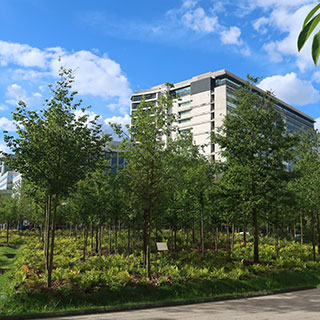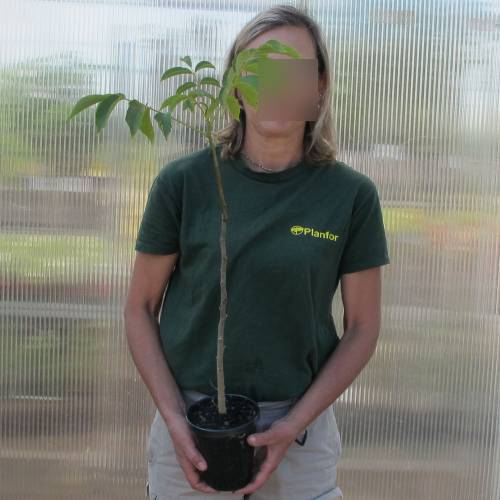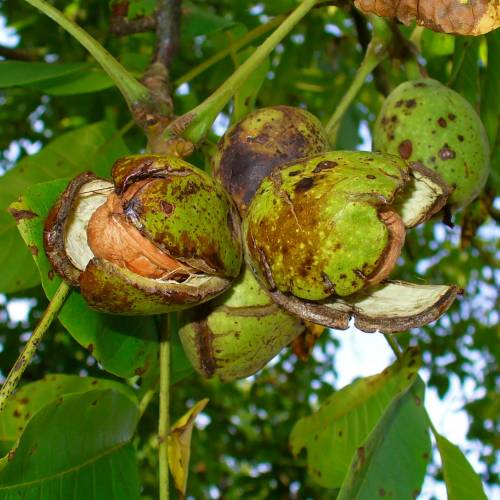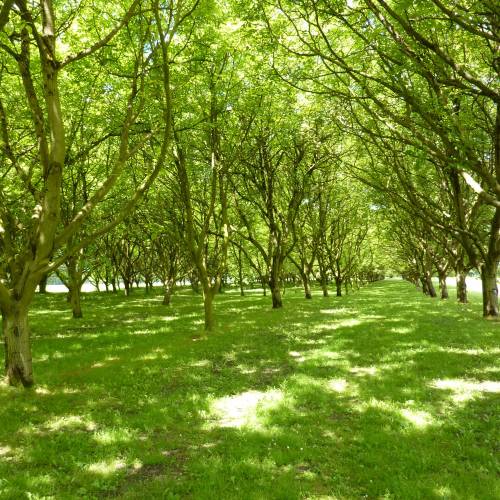
Plants
Walnut, common / Juglans regia
-
103.48 € WALNUT 'Parisienne'
1538N - Available
-
102.44 € WALNUT 'Ronde de Montignac'
1538ME - Available
-
101.40 € WALNUT 'Franquette'
1538M - Available
-
99.79 € WALNUT 'Ronde de Montignac'
1538MF - Available
-
98.75 € WALNUT 'Franquette'
1538m - Available
-
80.60 € WALNUT 'Franquette'
1538T - Available
-
77.95 € WALNUT 'Franquette'
1538t - Available
-
61.88 € Common walnut – Juglans regia
1538u - Available
-
51.48 € Common walnut – Juglans regia
1538F - Available
-
20.28 € Common walnut - Juglans regia
1538Z - Available
-
19.71 € Common walnut - Juglans regia
1538I - Available
-
18.67 € Common walnut - Juglans regia
1538O - Available
-
17.63 € Common walnut - Juglans regia
1538o - Available
-
15.08 € Common walnut - Juglans regia
1538U - Available
-
14.51 € Common walnut - Juglans regia
1538VB - Available
-
13.47 € Common walnut - Juglans regia
1538V - Available
-
12.43 € Common walnut - Juglans regia
1538VC - Available
-
0.40 € FERTILISER
1538A - Available
-
Geographic origin: Europe.
Adult size: Height up to 25m (82'), width up to 20m (65,6').
Foliage: Deciduous.
Type of soil: Lightly acid, light and rich.
Climate: Hardy to -20°C, can be sensitive to spring frosts prefers mild climates.
Position: Full sun.
Properties and uses:
The pulpy green fruits are dark brown when ripe. It is the seed inside, the walnut that is edible. The fruits are picked at the end of October. The wood is much sought after in cabinet making. Plant alone.
Many fruit varieties and cultivars have been developed with the aim of increasing their yield.
This is how the 'Franquette' was created; it is the most widespread variety and produces large fresh hard-shelled nuts in August and September. This variety is especially impressive as even young trees can produce nuts.
The 'Parisienne' is also a very widespread variety. Its cropping is quite late (middle of October). The nuts are large and round, the shell is soft and the flesh delicate and scented. Additionally this variety is not susceptible to bacterial diseases.
Plant them now: the shortest way to your plate is through your garden!
The different varieties:
- The Walnut tree 'Franquette': The most widespread variety which produces big walnuts in hard shells, fresh in August-September. This variety is quite interesting as even the young specimens can produce fruits.
- The Walnut tree 'Parisienne': Also a common variety. Its production is rather late (mid-October). The walnuts are round and big; in soft shells with a fine, flavoured flesh. Finally, this variety is 'bacteriosis'- resistant.
- The Walnut tree 'Ronde de Martignac' : Originally from Dordogne, early production, in addition to other later varieties such as the 'Franquette' walnut for which it is also an excellent pollinator. Its fruits are medium sized with a shell relatively -
-

Alignment trees
66 products -

Edible Wild fruits
93 products -

Free-range chickens
34 products -

Fruit Trees
113 products -

Nuts
12 products -

Plants for agroforestry
120 products -

Plants for urban micro-forests
65 products -

Riparian forest
83 products -

Shade trees
51 products -

Top Selling Plants
223 products -

Trees, Mature Trees
153 products -

Trees of Fall Interest
63 products -

Walnut
3 products
-
















